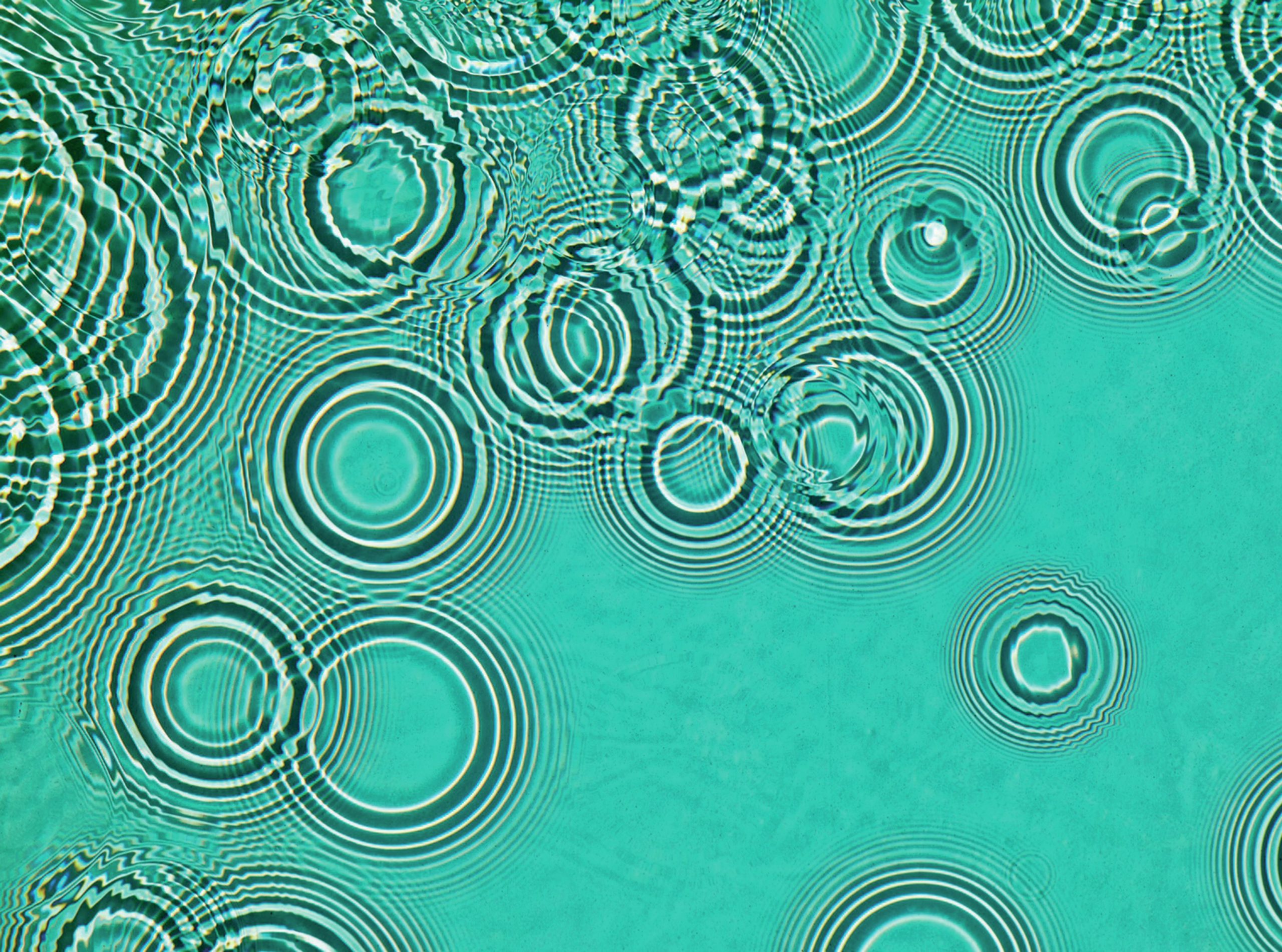
At Key Stage 3 your teacher might have taken your class outside and exploded a hydrogen balloon on the school field. You measure the time difference between seeing the flash and hearing the bang. It’s good fun, lets you practise using the speed equation and gives hard-working science teachers the chance to make things explode. The data tend to be…varied… but arguably this is no bad thing as it encourages discussion of accuracy and errors, reproducibility and anomalies.
As you learn more, the measurements required become more subtle. What makes the wave model so powerful is that it can be applied to physical situations that seem so different. At a sports event, the same equation can be used to describe the movement of fans performing a Mexican wave, the cheering as their team scores and the light travelling from the f loodlights to the pitch. This means that there is a wide choice of practicals, even in a school lab, for us to examine in terms of wave behaviour — and several different variables to measure or calculate.
Your organisation does not have access to this article.
Sign up today to give your students the edge they need to achieve their best grades with subject expertise
Subscribe
